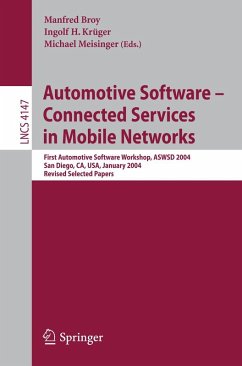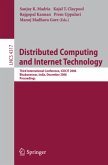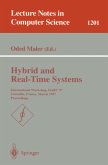Software development for the automotive domain is currently subject to a silent revolution. On the one hand, software has become the enabling technology for almost all safety-critical and comfort functions o?ered to the customer. A total of 90 % of all innovations in automotive systems are directly or indirectly - abled by software. Today's luxury cars contain up to 80 electronic control units (ECUs) and 5 di?erent, inter-connectednetworkplatforms, overwhich some700 software-enabled functions are distributed. On the other hand, the complexity induced by this largenumber of functions, their interactions, and their supporting infrastructure has started to becomethe limiting factor for automotive software development. Adequate management of this complexity is particularly important; the following list highlights three of the corresponding challenges: First, the dependencies between safety-critical and comfort functions are rapidly increasing;a simple example is the interplay of airbag controland power seat control in the case of an accident. Careful analysis and design of these dependencies are necessary to yield correct software solutions. Second, advances in wired and wireless networking infrastructures enable - terconnection between cars and backend service providers (e.g., to call for help in cases of emergency), between cars and devices brought into the car by drivers and passengers (such as cell phones, PDAs, and laptops), and even among cars. This dramatically shifts the focus from the development of individual software solutionsresidingondedicatedECUstotheirdistributionandinteractionwithin and beyond car boundaries.
Bitte wählen Sie Ihr Anliegen aus.
Rechnungen
Retourenschein anfordern
Bestellstatus
Storno









